While one may think that Windows 2.x started with the ‘regular’ version, it does indeed turn out that rather the 386 specific version was rushed out the door to appease Compaq, and their new Desqpro 386 computer, namely the 20Mhz 386 model that was going to debut in late 1987. Indeed, Compaq not only set the standard with the 386 CPU, but they were going to set the future standard of bundling not only MS-DOS but Microsoft Windows. At this moment in 1987 you could really say that the ‘modern pc market’ was born.
And it does make perfect sense, with 386 specific software being very rare/hard to come by, keeping in mind that Phar lap 386 was only announced in December of 1986! But it was expensive, and 386 specific applications cost a fortune, and didn’t have wide market penetration (we were still years away from DOS4G/W or GCC).
Another thing to keep in mind is that OS/2 had not shipped either at this point, and apparently this version of Windows/386 would not even support the IBM PS/2 model 80, as there was some noise about IBM not wanting to bundle Windows on their computers. Now when you think about it, it is kind of funny that Windows an inferior product came out with a GUI and multitasking MS-DOS via the 386’s v86 mode, while OS/2 was still in a beta stage. Not to mention IBM’s reluctance to bundle Windows/386 shows just how the Windows rift was an issue even back in 1987!
Looking at this December 1987 InfoWorld issue we can see it in action:
And it’s no wonder why this was going to be a hit. And the UI looks just like how Presentation Manager for OS/2 1.1 was going to look, almost a full year before OS/2 1.1 was delivered (Halloween 1988!)
Now trying to peg down exactly When these releases of Windows 2.x were, esp with Windows/386 2.01 being the first, in September of 1987.
From what I can work out, Windows 2.01 ‘regular’ was shipped around November of 1987, with the 2.1 update in July of 1988, and 2.11 in March of 1989.
While on the topic of Windows 2, there was one slightly interesting feature, of the ‘regular’ or ‘286’ version of this product. It could multitask MS-DOS. No really, but it was all out of the same conventional memory space. So unless you were into COM programs it wasn’t terribly useful.
The later 286 versions included early himem.sys drivers that permitted some trickery with the A-20 gate allowing an additional 64kb of ram to be accessed from real mode. It may be a good thing that nobody found out about unreal mode at the time..!
I don’t know if it is even possible to tell them apart, besides the 386 and 286 (regular) versions but here is a small gallery of Windows 2.0 running command.com
Included is something special for the 2 or 3 people that’ll figure it out.


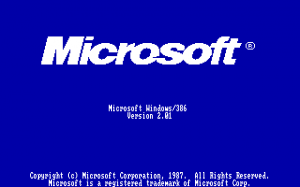
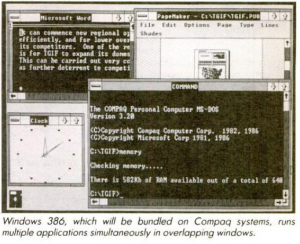
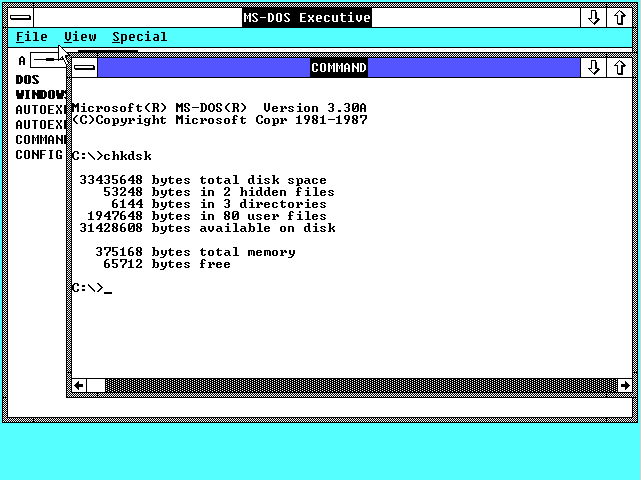
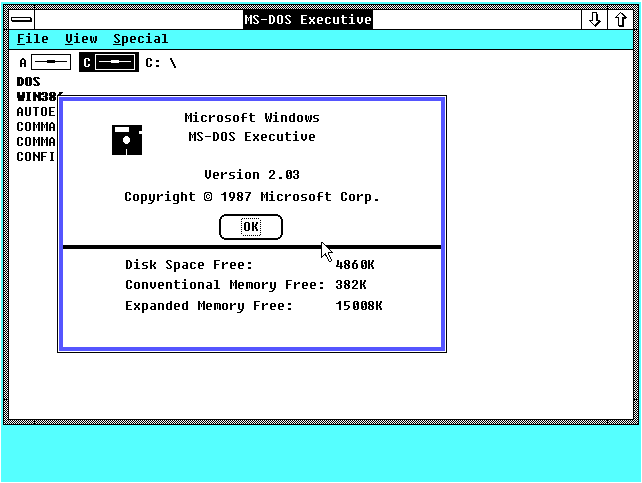
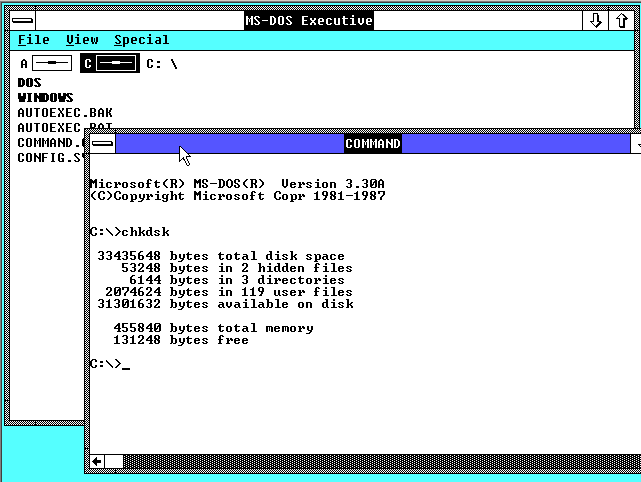
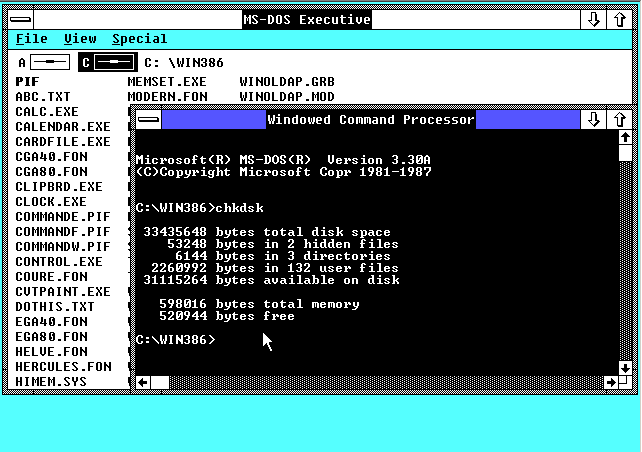
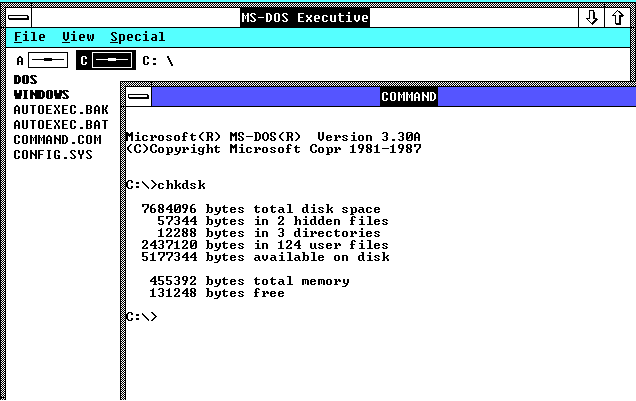
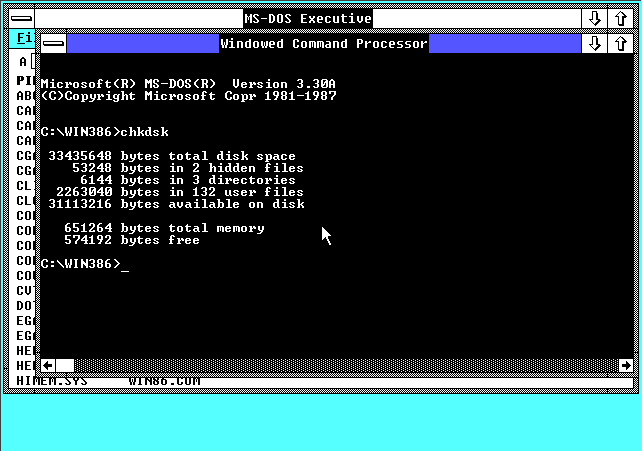

A 70MB partition with DOS 3.30 seems a bit special… what’s up with that?
It’s an 8MB disk… it should be 7.something megabytes… Otherwise it’d explain this corruption issue I saw it do once.
Oh yeah, I was off by one decimal place I don’t expect to see disks that small I guess.
I don’t expect to see disks that small I guess.
I’ve been always wondering if that “Microsoft Copr” (instead of “Corp”) is a genuine typo or some kind of a fake.
Hahaha that InfoWorld screenshot (with the TGIF references) is actually from/related to this horrible thing.
TGIF! Oh no .. To think that the promo video may have actually been ready in 1987!
The frustrating thing is that the mouse don’t work in the emulators.
Yeah such is the pain with jdosbox… but I have confidence that it’ll work in later versions…
windows/386 is better then os\2 1.0